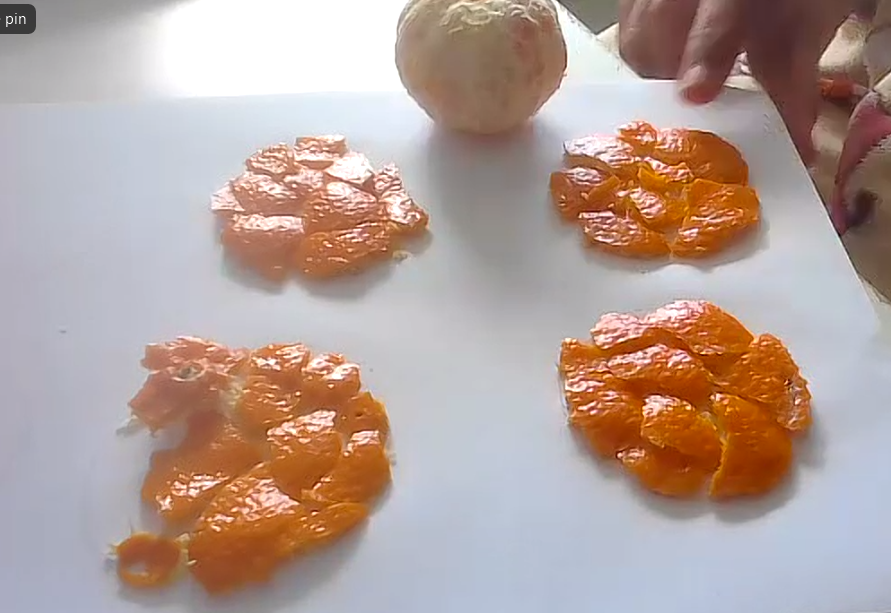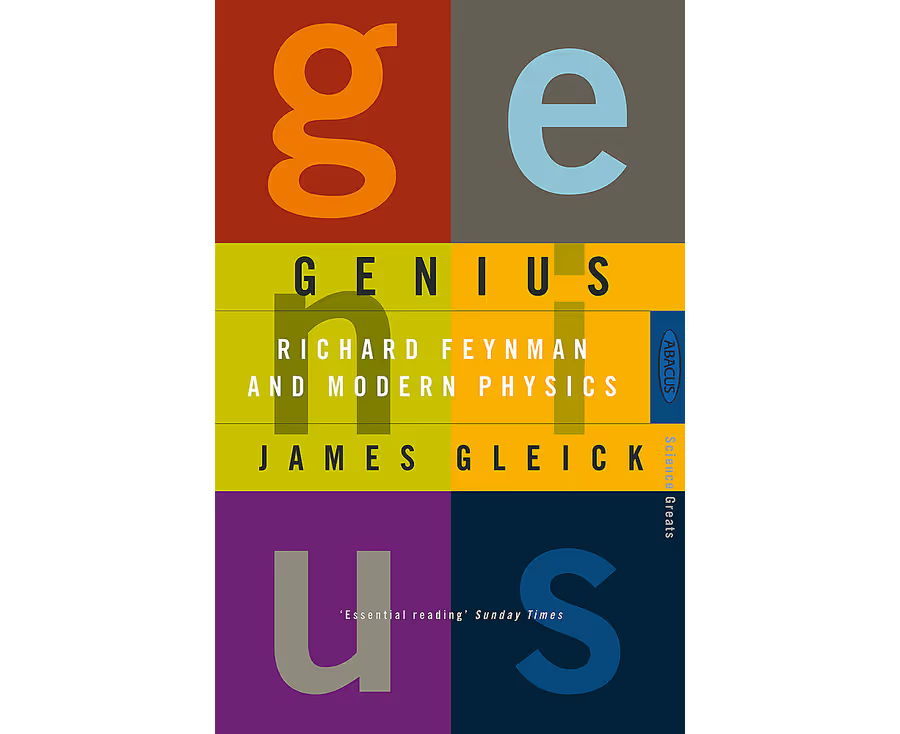Discovering the surface area of a sphere - using mandarins.

When I was in high school, we learned about area of 2D shapes, and surface area and volume of 3D shapes by being given formulae to memorise, then examples to practice. Although fluency in doing calculations is of course good, I remember being unsatisfied at just having to just believe these results. Our teacher said "You'll just have to accept these, they come from calculus which you won't learn until later".
As a teacher, I really like learning activities (like the Pythagoras theorem using M&Ms), which give a visual representation of a mathematical concept using a hands-on activity - not necessarily a proof, but something which shows students that the result seems to be true, and provides a nice representation of it.
Recently, I ran a fun activity with a group of students to explore the formula for the surface area of a sphere. Instead of starting with equations, we used something a little more everyday — mandarins.
The Activity
We each had a mandarin. We traced around the fruit to draw circles the same size as the mandarin's great circle. We then peeled off small pieces of mandarin peel, and placed them flat inside the circles we had drawn. It was a little messy, but that was part of the fun!
We compared the total amount of peel to the circles we had traced from the mandarins themselves. Piece by piece, the students discovered that the flattened peel covered about four circles the same size as the mandarin’s great circle.

The Discovery
This was the lightbulb moment. We know that the area of each of these circles is πr2 , so If it takes four of those circles to match the peel, then the surface area of the mandarin (our sphere) must be:
Surface area = 4×πr2
And rather than memorising a whole new formula, we used the language "4 circles" when describing the surface area of a sphere, and calculating these afterwards. It was a lot more memorable than just another formula to remember.
The students were amazed to see that a messy pile of mandarin peel could reveal such a neat mathematical truth. Without a single calculation, they could see why the formula for the surface area of a sphere makes sense.

(Image shows the 4 circles perfectly filled by Mehr's mandarin peel).
Reflection
Hands-on activities like this one turn abstract ideas into something memorable. The students left not only knowing the formula, but also understanding where it comes from — and with the beautiful, lingering smell of limonene!




